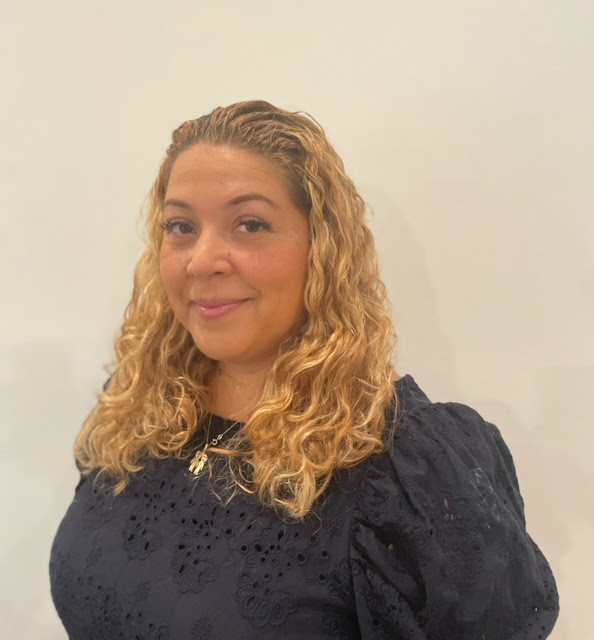A new report fromPacesetter Research finds that professional service providers and their clients are facing growing pressure to implement ESG-related programs from legislators, investors, and the business ecosystem (e.g., media, consumers, stakeholders, customers). This pressure from stakeholders to hold businesses accountable is countered by vague standards and metrics, uncertain ROI, and the growing politicization of the ESG concept, putting organizations between a rock and a hard place. As a result, the service emphasis among innovators in professional services has moved from a compliance checklist approach to one that is proactive and strategic, elevating the importance of incorporating ESG principles into an active risk management strategy.This grounding of ESG in a business and risk management context has favored those service providers best able to align an effective, proactive ESG framework with the overall business strategy to deliver long-term value.
In In this three-part Law.com Compass Pacesetter Research series on ESG, our first 2023-2024 report is on the “E”: Environmental. The Pacesetter Advisory Council assessed dozens of providers to arrive at twenty-four Innovators recognized for their ability to help clients navigate an increasingly complex market environment. The research and analysis also provide insights into the competitive dynamics and service delivery trends driving convergence across legal, management consulting, multi-service, environmental engineering, technology, and insurance providers.










